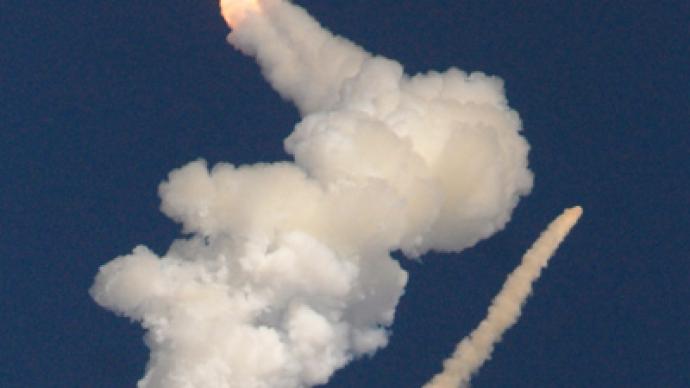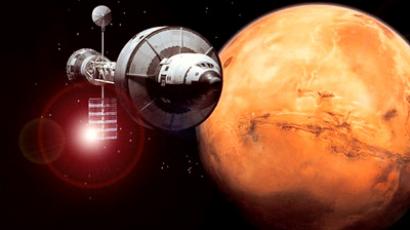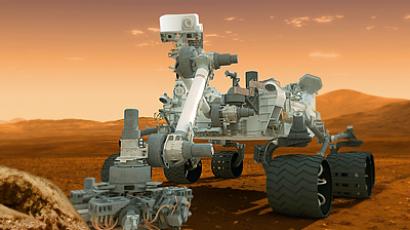India steps up space program with big budget, bigger satellites and a leap to Mars

India is stepping up its space program with a higher budget, the launch of a new satellite and a proposed mission to Mars. The country's space agency will attempt ten space missions by November 2013, bringing its total budget to $1.3 billion.
The 3,400-kilogram GSAT-10 communication satellite – the heaviest ever built by India – launched early Saturday aboard an Ariane-5 rocket, the Alaska Dispatch reported. The satellite aims to be fully operational by November, and has a 15 year lifespan.
The GSAT-10 will boost telecommunications, direct-to-home and radio navigation services by adding 30 much-needed transponders to the country's current capacity. India is currently leasing foreign transponders to meet domestic demand.
The satellite launch was delayed by a week after scientists from Indian Space Research Organization (ISRO) detected a small malfunction, discovering one gram of dust in the upper part of the rocket.
Future plans: Ten missions in one year
With the first launch a success, the ISRO faces a hectic schedule for the next year, with 9 more missions on the agenda. The most high-profile event is the launch of an orbiter to Mars, slated for November 2013, which aims to collect data on Martian methane sources. The ISRO timed the mission to coincide with a window where the planet's orbit brings it closest to Earth.
India intends to complete the mission with no international assistance, as a means to demonstrate the growth of the ISRO. “At the moment, we plan to do it on our own,” ISRO chief K. Radhakrishnan said.
Some experts believe that even though India has the capacity to complete the mission without outside help, there is one potential stumbling block.
“How will the Mars orbiter be controlled, being 100-200 million kilometers away from the Earth? India might not have the right technology and the needed resources for this,” Novosti Kosmonavtiki ('Space News') columnist Igor Lisov told RT.
India also has the ambitious goal of sending a manned mission to space by 2016, which will be a huge step for the country, but may also prove difficult to implement in the limited timeframe.
“India has 4 years left, which is not a long time. However, the country has the chance to adapt what has already been developed by Russia, China and US,” Lisov told RT.
Mixed response
The ISRO has grown into one of the world's top six space programs since its inauguration: “The first 50 missions took 27 years, the next 50 took place in the last 10 years and the next 58 missions will happen in the next five years,” Radhakrishnan said.
Though its budget is less than one-tenth that of NASA's, it has increased every year since the early 2000s, jumping from $591 million in 2004 to 2005, to $1.3 billion in 2012 to 2013.
However, India’s space ambitions have been met with a mixed response among the domestic population. The mission to Mars drew widespread criticism for its high costs in the midst of an economic downturn – the venture is estimated to cost the country nearly $90 million.
Nevertheless, India's science community embraced the gains made by their country's space program. “India is a country which works on different levels,” Krishan Lal, President of the Indian National Science Academy told the Alaska Dispatch.
“On the one hand, we have a space mission, on the other hand a large number of bullock carts,” he said. “You can’t, say, remove all the bullock carts, then move into space. You have to move forward in all directions.”














